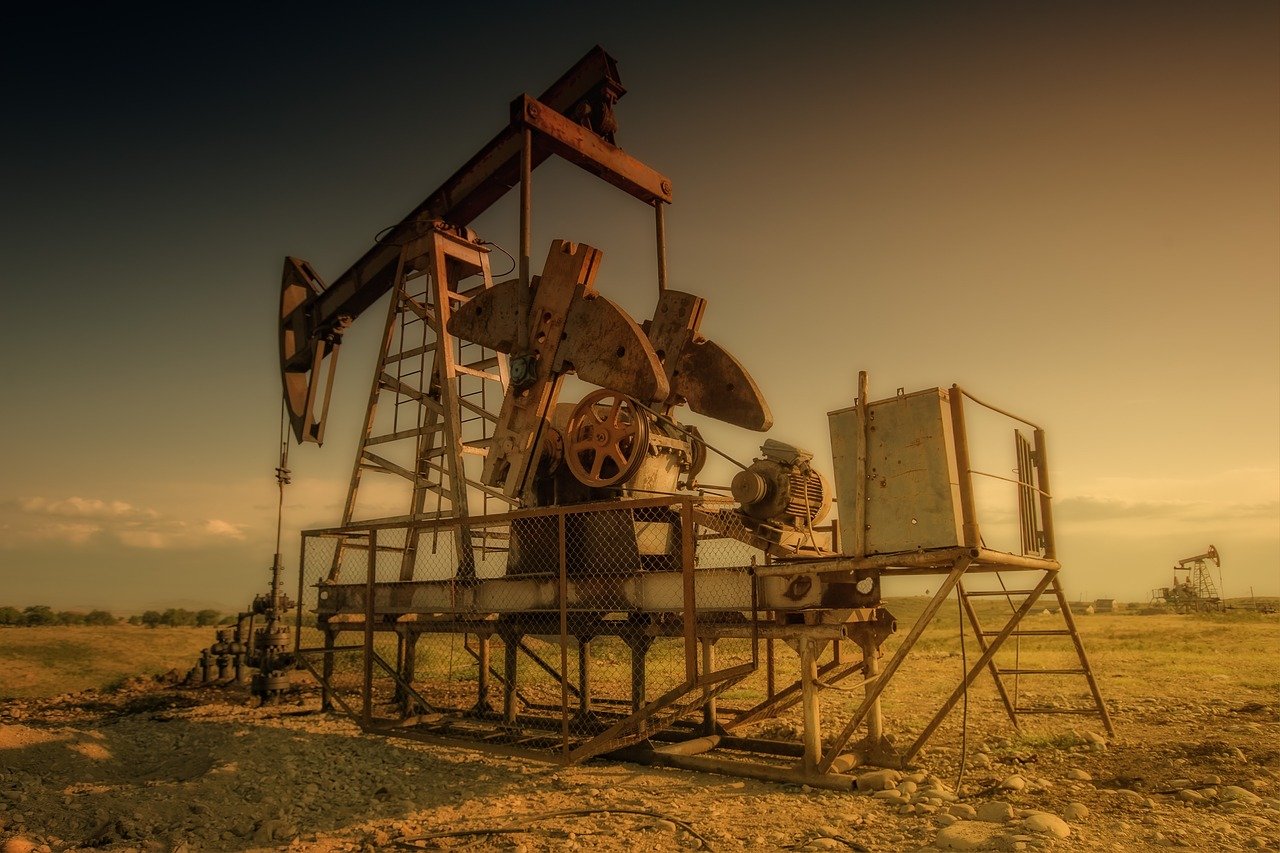U.S. Oil Production: The Powerful Engine Driving the Economy
Introduction
U.S. oil production has long been a cornerstone of the American economy, shaping industries, influencing global markets, and impacting energy policies. From its beginnings in the 19th century to its current status as one of the leading oil producers in the world, the story of U.S. oil production is one of innovation, resilience, and transformation. This article will explore the history of oil production in the United States, the technologies that have revolutionized the industry, the economic implications, and the environmental considerations that come with it. By breaking down complex concepts into easy-to-understand sections, readers will gain a comprehensive understanding of the powerful role U.S. oil production plays in the global energy landscape.
1. The History of U.S. Oil Production
1.1 Early Beginnings
- First Oil Well: In 1859, Edwin Drake drilled the first successful oil well in Titusville, Pennsylvania, marking the start of the U.S. oil industry.
- Initial Uses: Early oil was primarily used for kerosene and lamp fuel, sparking the first oil boom.
1.2 The Rise of the Industry
- Standard Oil: Founded by John D. Rockefeller in 1870, Standard Oil became a dominant force in the oil industry, controlling much of the U.S. oil production.
- Growth of the Automobile: The invention of the automobile in the early 20th century increased demand for gasoline, propelling oil production forward.

U.S. Oil Production
2. Modern U.S. Oil Production
2.1 Current Status
- Top Producer: The United States is now one of the top oil producers globally, with significant contributions from states like Texas, North Dakota, and Alaska.
- Production Statistics: Overview of recent production figures and trends, highlighting the growth in output over the past decade.
2.2 Key Regions
- Permian Basin: Located in Texas and New Mexico, this region has become a powerhouse for U.S. oil production due to its rich deposits and advanced extraction technologies.
- Bakken Formation: In North Dakota, the Bakken Formation has also seen a surge in oil production thanks to innovations in hydraulic fracturing and horizontal drilling.
3. Technologies Driving Production
3.1 Hydraulic Fracturing (Fracking)
- What is Fracking?: A technique that involves injecting high-pressure fluid into rock formations to release oil and gas.
- Impact on Production: Fracking has revolutionized U.S. oil production, significantly increasing output and making previously inaccessible resources viable.
3.2 Horizontal Drilling
- Techniques and Benefits: Horizontal drilling allows for accessing more oil from a single well, improving efficiency and reducing costs.
- Environmental Considerations: Discussion of the environmental impact and regulations surrounding these technologies.
4. Economic Impact of U.S. Oil Production
4.1 Contribution to GDP
- Economic Growth: Overview of how oil production contributes to U.S. GDP and job creation in various sectors, from drilling to refining.
- Export Market: The rise of U.S. oil exports and their implications for global trade dynamics.
4.2 Job Creation
- Direct and Indirect Jobs: Examination of the jobs created in the oil industry and its associated sectors, including manufacturing, transportation, and services.
- Local Economies: The positive impact on local economies in oil-producing regions.
5. Environmental and Social Considerations
5.1 Environmental Concerns
- Pollution and Climate Change: Discussion of the environmental risks associated with oil production, including greenhouse gas emissions and oil spills.
- Regulatory Framework: Overview of regulations aimed at minimizing environmental impact and promoting sustainable practices.
5.2 Community Impact
- Social Dynamics: The effects of oil production on local communities, including economic benefits and potential social challenges.
- Health Concerns: Examination of health risks associated with oil production and exploration activities.
6. The Future of U.S. Oil Production
6.1 Market Trends
- Global Energy Shift: Analysis of how shifts toward renewable energy sources may impact U.S. oil production in the coming years.
- Technological Innovations: Emerging technologies that could further enhance oil production efficiency and sustainability.
6.2 Policy and Regulation
- Government Policies: Overview of current U.S. policies affecting oil production, including tax incentives and environmental regulations.
- Future Regulations: Potential future regulations aimed at balancing oil production with environmental protection.
7. Conclusion
U.S. oil production remains a powerful engine driving the economy, with a rich history and a promising future. As the industry adapts to new technologies, market trends, and environmental challenges, it will continue to play a crucial role in the global energy landscape. Understanding the complexities of U.S. oil production helps illuminate its importance not just for the economy but for society as a whole. As we move forward, the dialogue around oil production will be vital in shaping a sustainable energy future.

